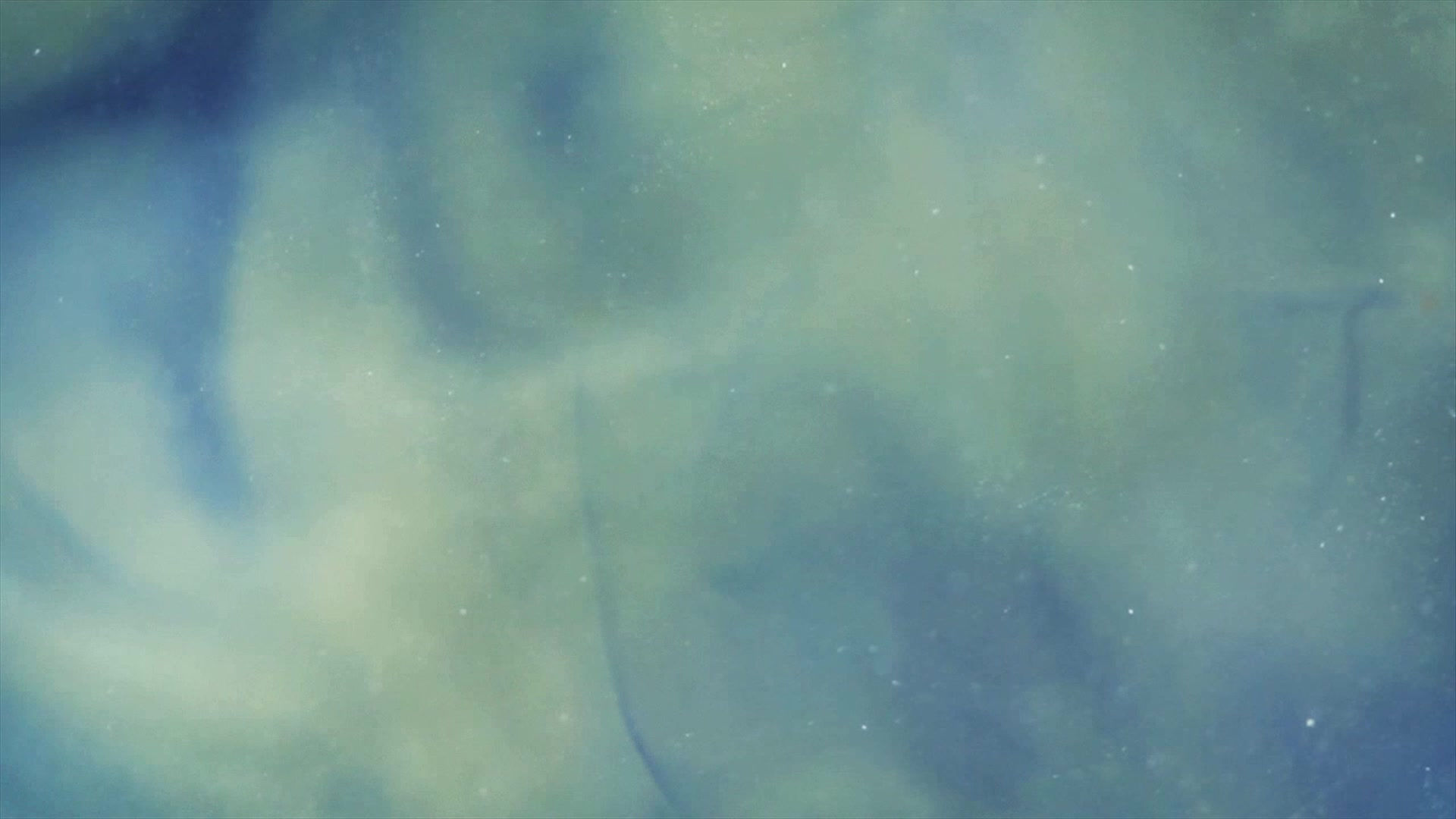Applying Post Modernism to Eddington (2025)
- Media Bloggers
- Sep 11
- 2 min read
Jean Baudrillard was a postmodern theorist who believed that media does not only reflect reality but can actually create it. He explained this through two main ideas. The first is simulacra, which are copies or images that no longer link to an original truth. The second is hyperreality, which is when reality and media blur so much that it becomes difficult to know what is real and what is not. These ideas are useful when looking at films and media texts that question reality.
Ari Aster’s film Eddington from 2025 is a good example of this. The film is set in a small town during the Covid pandemic. It shows conflict between the sheriff and the mayor, conspiracy theories, and social unrest, as well as protests linked to the Black Lives Matter movement. Instead of following one clear storyline, the film mixes different genres such as Western, comedy and thriller. This creates a confusing and fragmented style that reflects the uncertainty of postmodern life.
Baudrillard’s theory can be seen in the way events in the film are shaped by media. Characters often experience reality through news, social media and rumours rather than through direct experience. Political debates, conspiracy theories and BLM protests are presented as spectacles where the image and story people see on their screens becomes more important than the truth of what really happened. This is hyperreality, because the difference between real life and media versions disappears.
By the end of Eddington it is not clear who is right, what actually happened, or even what is true. The film leaves the audience with uncertainty and doubt rather than a simple answer. This links to Baudrillard’s view that in postmodern culture reality and representation collapse together, leaving us in a world where media images feel more real than reality itself.
Tobias Braithwaite


Comments